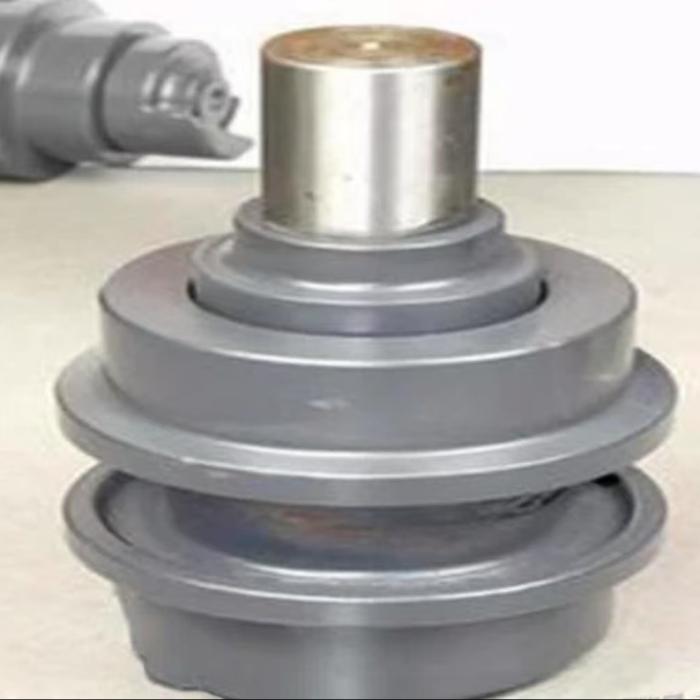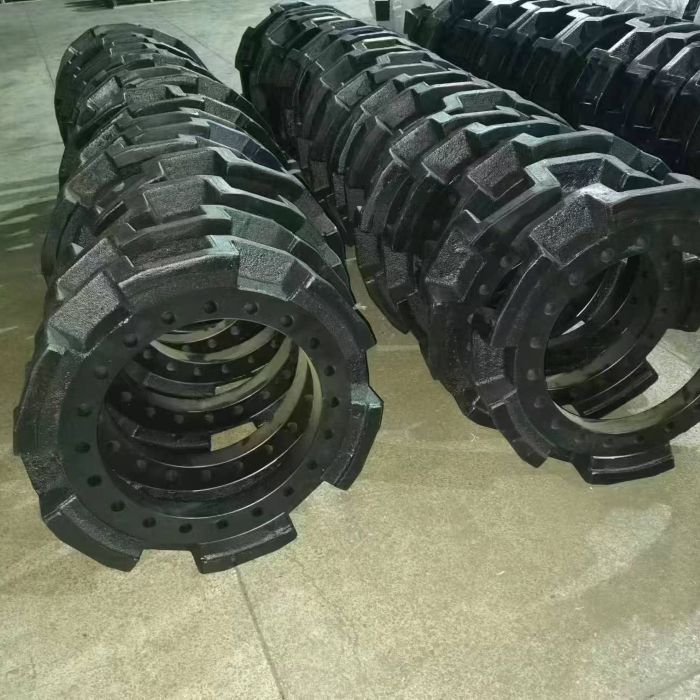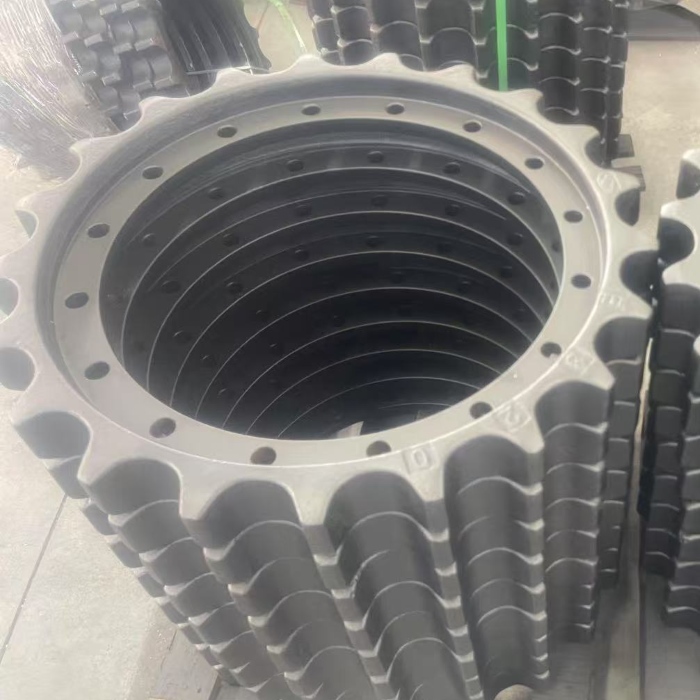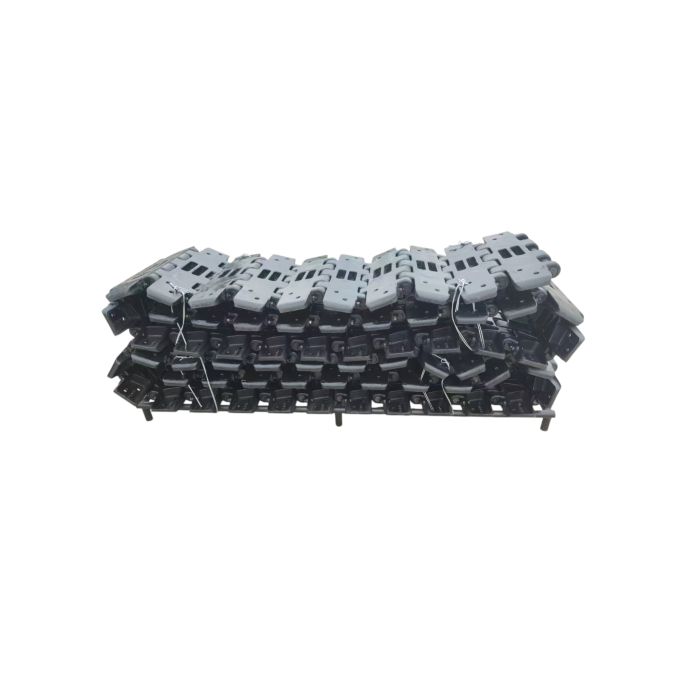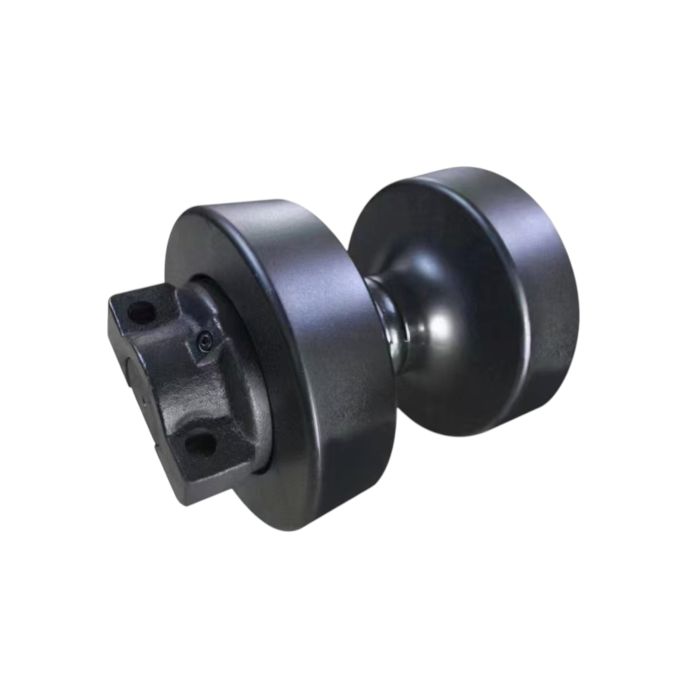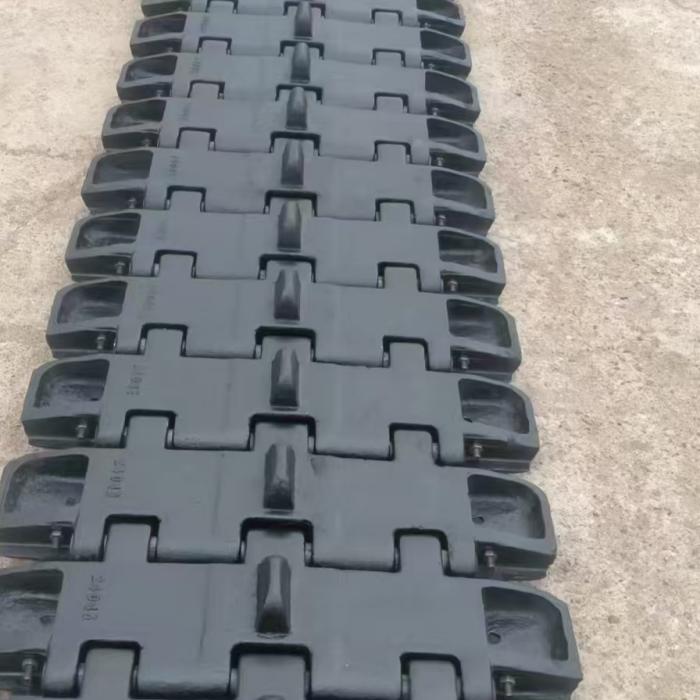The four-wheel belt, commonly known as the track rollers, carrier rollers, idlers, drive wheels, and track assembly, is essential for the proper operation of an excavator and is crucial to its performance and traversing capabilities.
After a period of operation, these components will experience some wear. However, if excavators spend a few minutes performing daily maintenance, they can avoid future major surgery on their excavator's legs. So, how much do you know about the maintenance precautions for the four-wheel belt?
The crawler track primarily consists of two parts: the track shoes and pads and the track links. Different operating conditions cause varying degrees of wear on the track, with mining operations causing the most severe wear on the track shoes and pads.

During daily operations, regularly inspect the track assembly for wear to ensure the track shoes and pads, track links, and drive gears are in good condition. Keep the track clean of dirt, rocks, and other debris to prevent damage to other components during excavator travel or vehicle rotation. To minimize damage to the track assembly from road surface damage, adjust the track tension according to the operating conditions, avoiding excessive tension or looseness. Excessive track tension can cause premature wear of the track links, ring gears, and idlers.
Rollers:
During daily operation, try to avoid immersing the track rollers in muddy and wet environments for extended periods. If this is unavoidable, lift one side of the track after work and drive the travel motor to remove dirt, gravel, and other debris.
After daily operation, keep the track rollers as dry as possible, especially during winter operation. Because there are floating seals between the track rollers and the axles, freezing water at night can scratch the seals, causing oil leaks. As autumn approaches and temperatures cool, we kindly remind all excavators to exercise extra caution.

Carrier sprockets:
Keep the platform around the carrier sprockets clean. Avoid excessive accumulation of dirt and debris, which could obstruct their rotation. If they become inoperative, immediately stop the machine and clean them. Continuing to operate the sprockets while they are inoperative may result in uneven wheel wear and wear on the track segments.
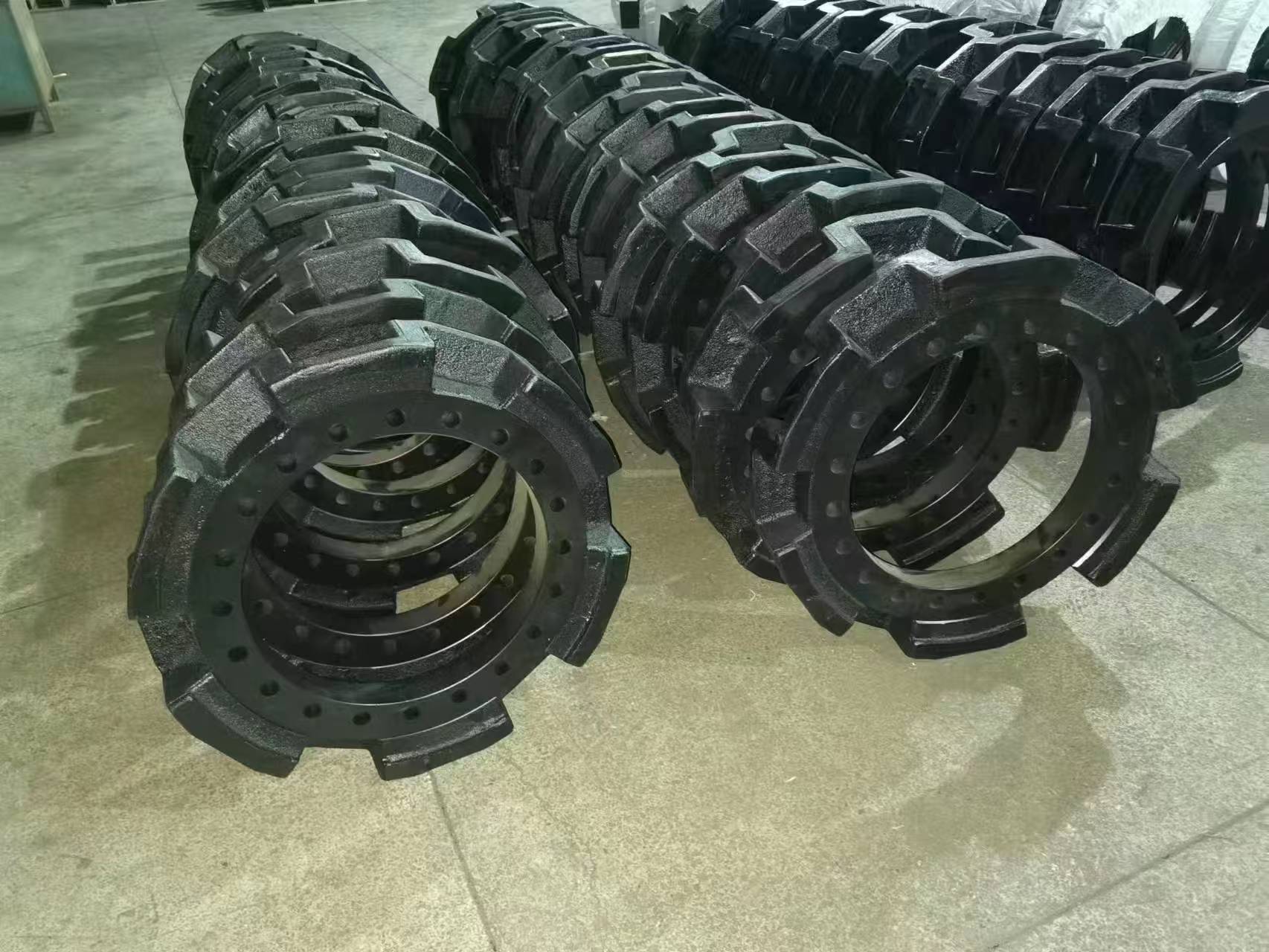
Idler sprockets:
They typically consist of an idler wheel, a tensioning spring, and a tensioning cylinder. Their primary function is to guide the track correctly, prevent deviation and derailment, and adjust track tension. The tensioning spring also absorbs impact from the road surface during excavator operation, reducing wear and extending the excavator's service life. During operation and travel, the idler wheels should be tensioned in front of the track to reduce abnormal wear on the track segments.
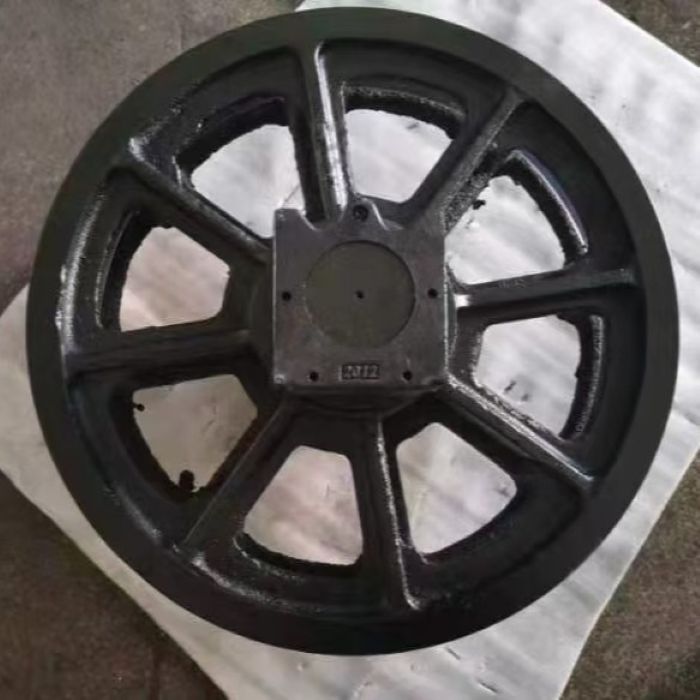
Drive wheels:
Because the drive wheels are directly mounted to the traveling frame, they cannot absorb shock like tensioning springs. Therefore, when the excavator is traveling, the drive wheels should be positioned as far back as possible to avoid abnormal wear on the drive ring gear and track link, which could affect the excavator's normal operation.
The travel motor and reducer assembly are tightly connected to the drive wheels, and the surrounding space is subject to a certain amount of dirt and debris. Regular inspection and cleaning are required to reduce wear and corrosion on key components. Furthermore, the wear of the "four wheels and one belt" should be regularly checked and replaced as necessary.
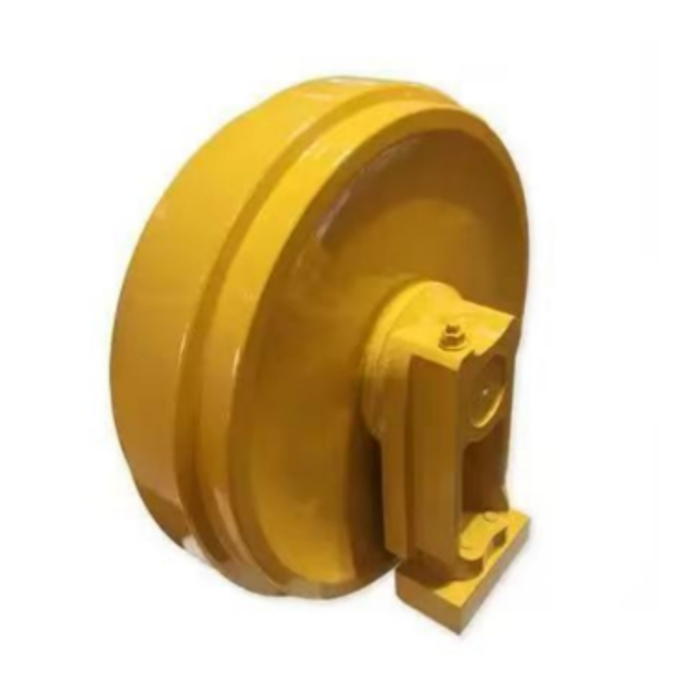
Maintenance is essential for good excavator operation! We hope this news helps those of you using excavators. If you have any questions about our four-wheel drive products, please contact us and our technicians will assist you in resolving any issues you may have.


